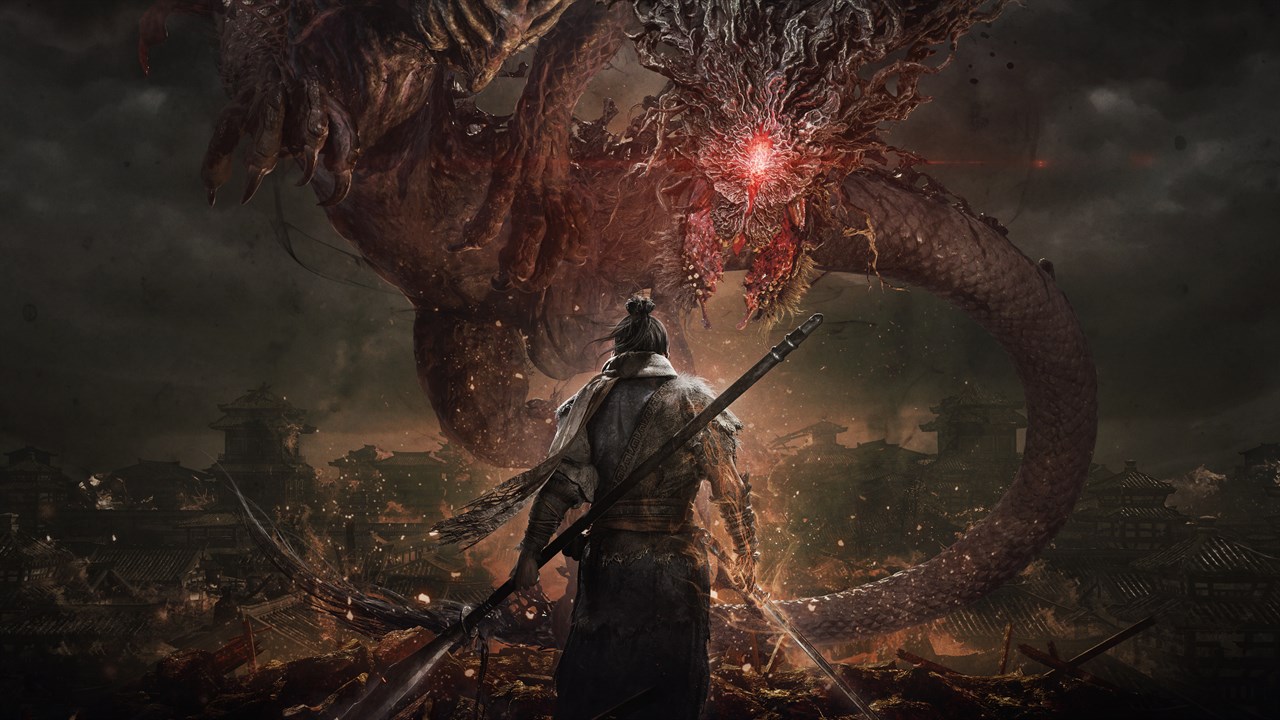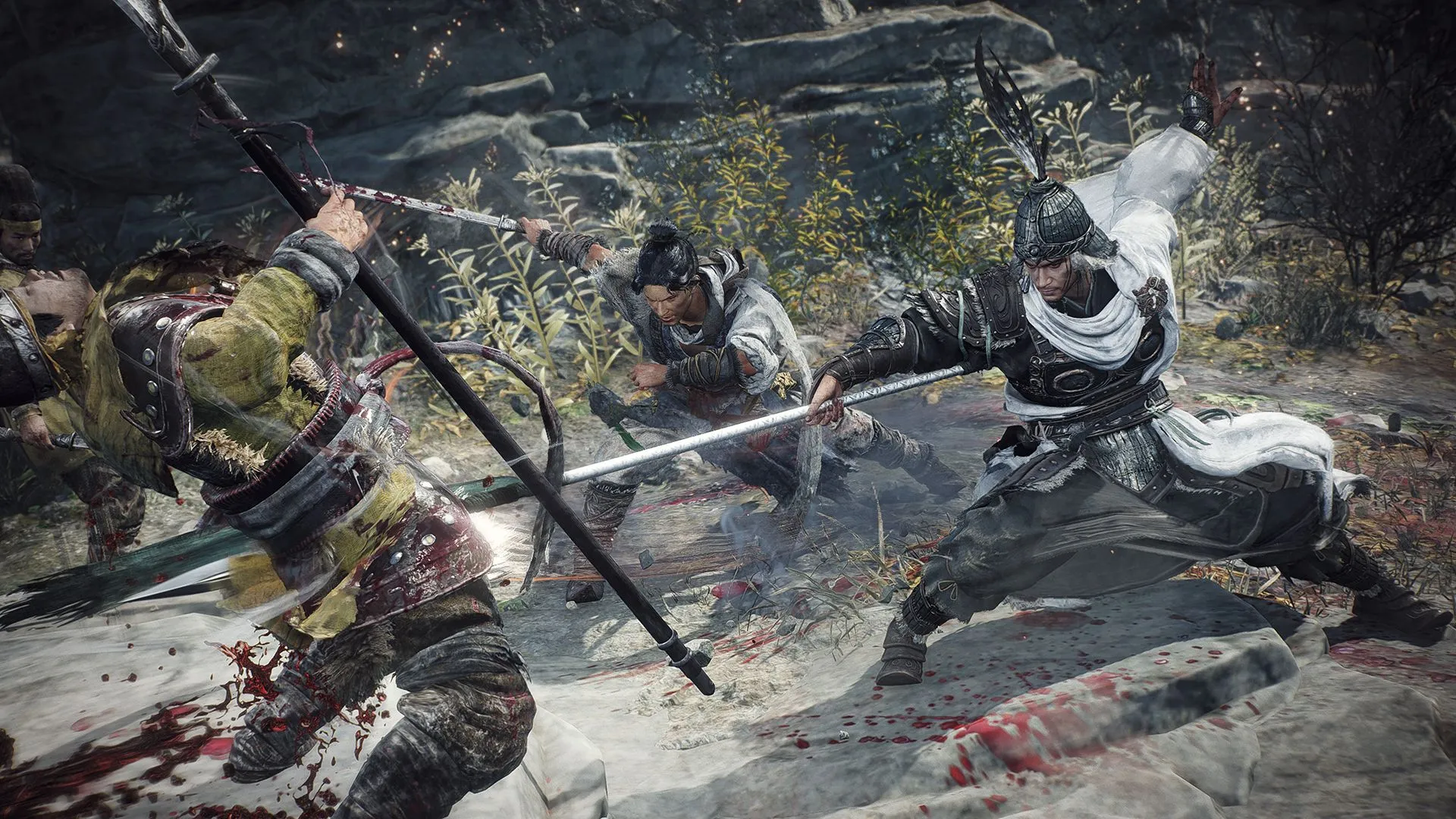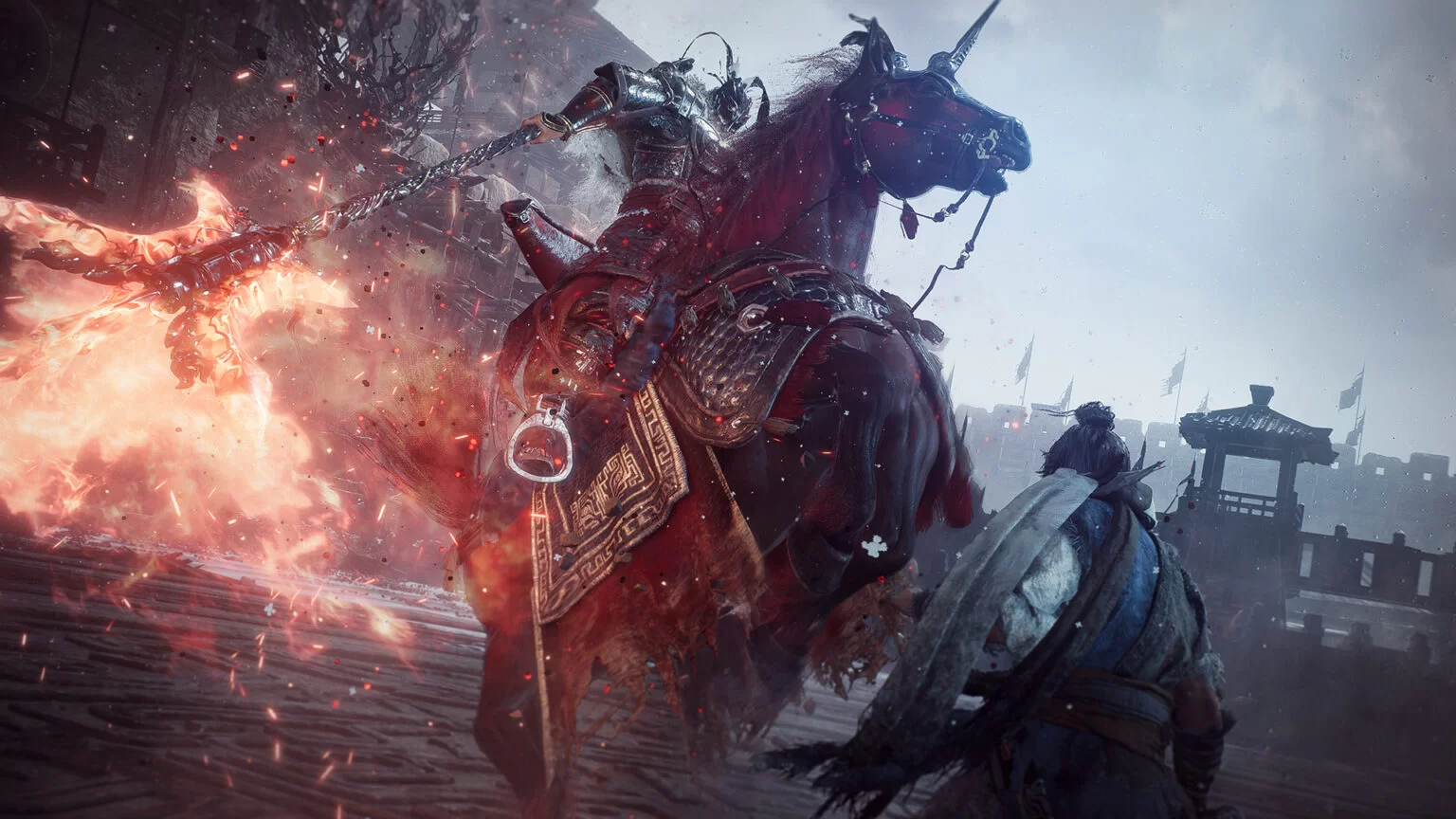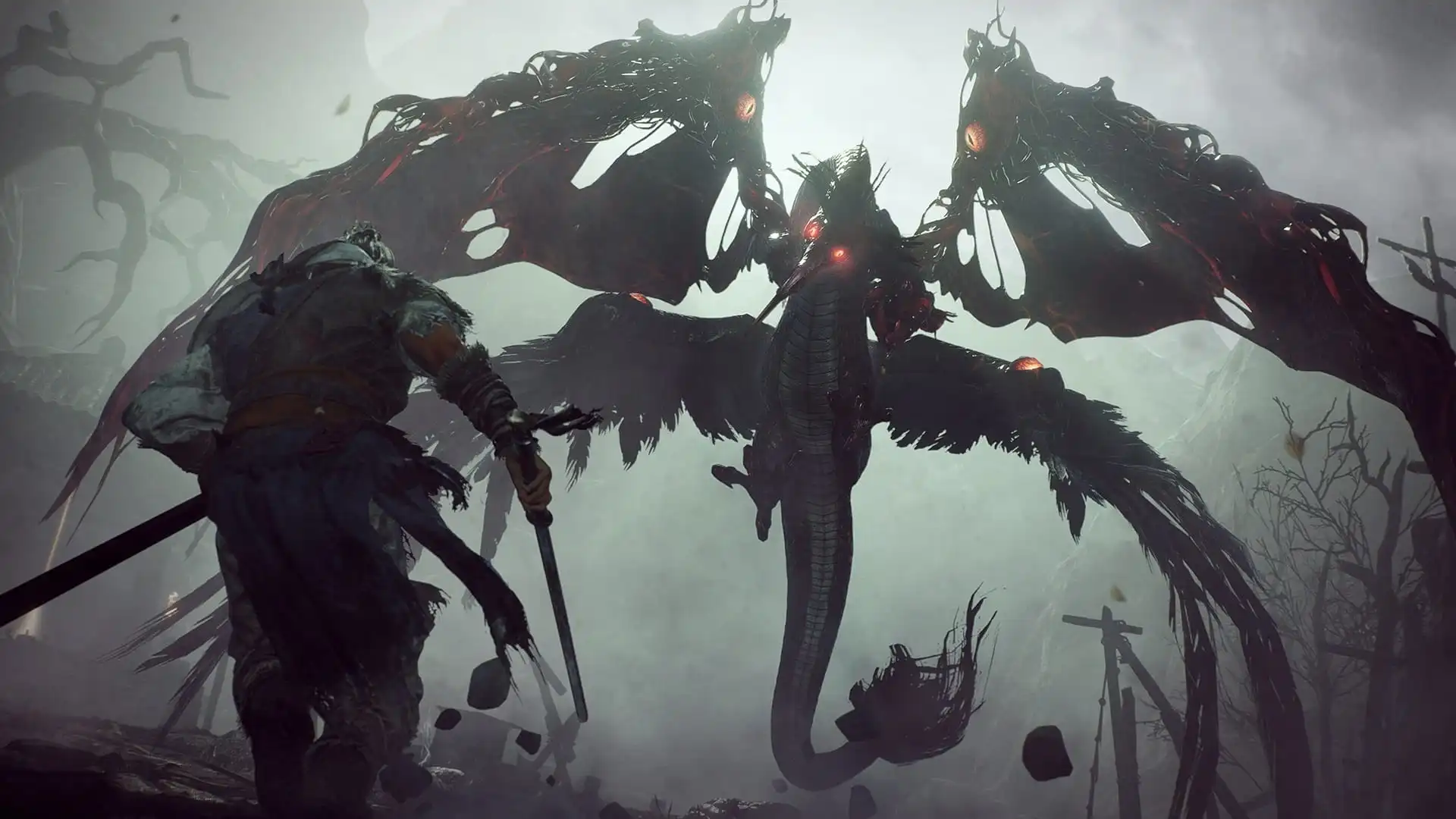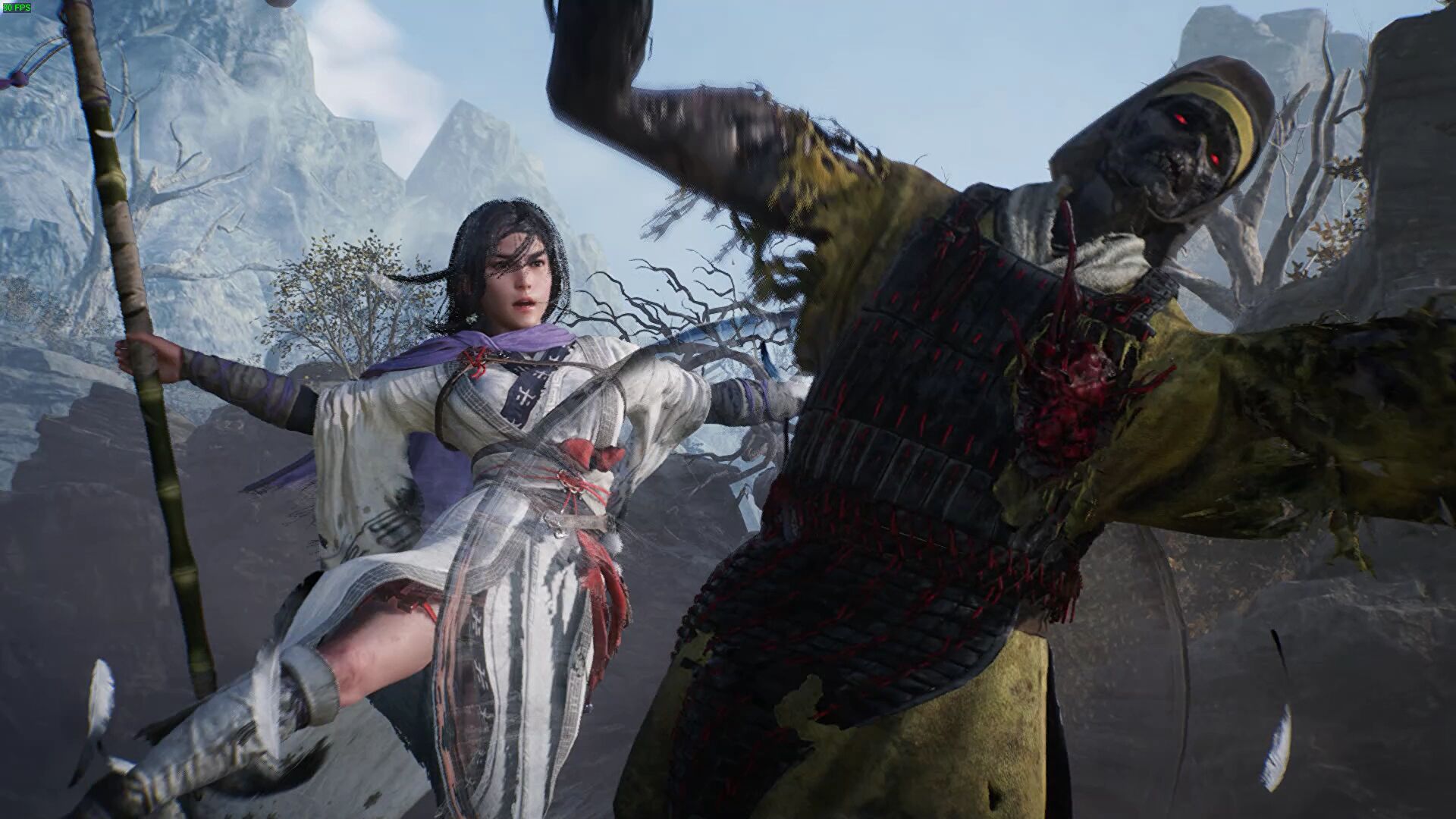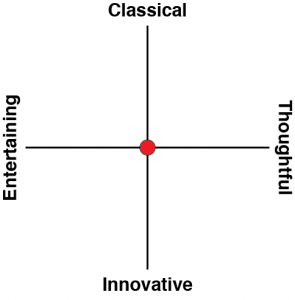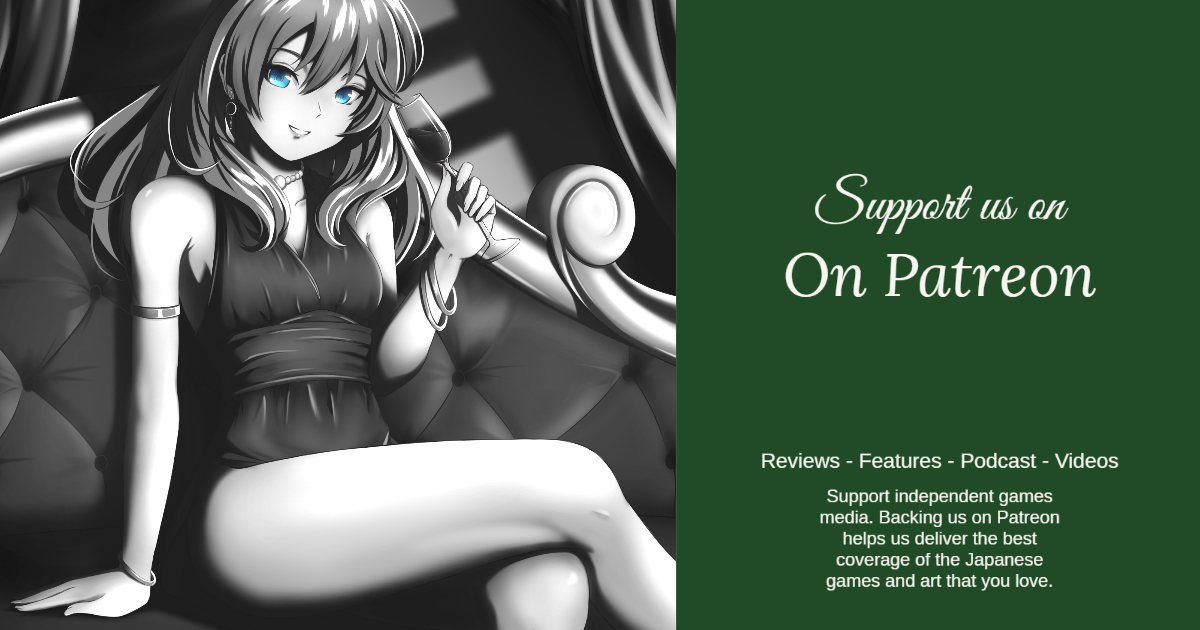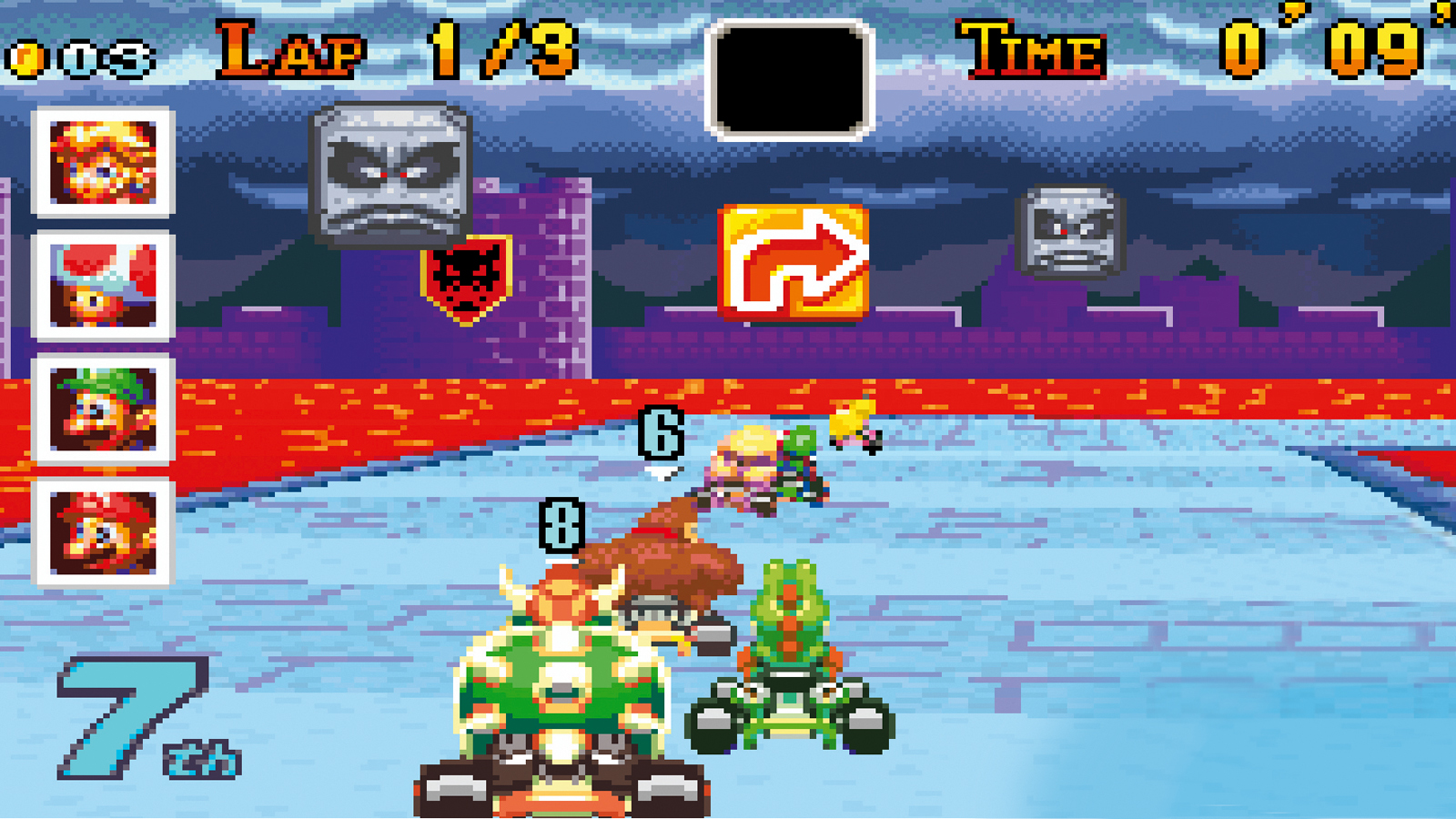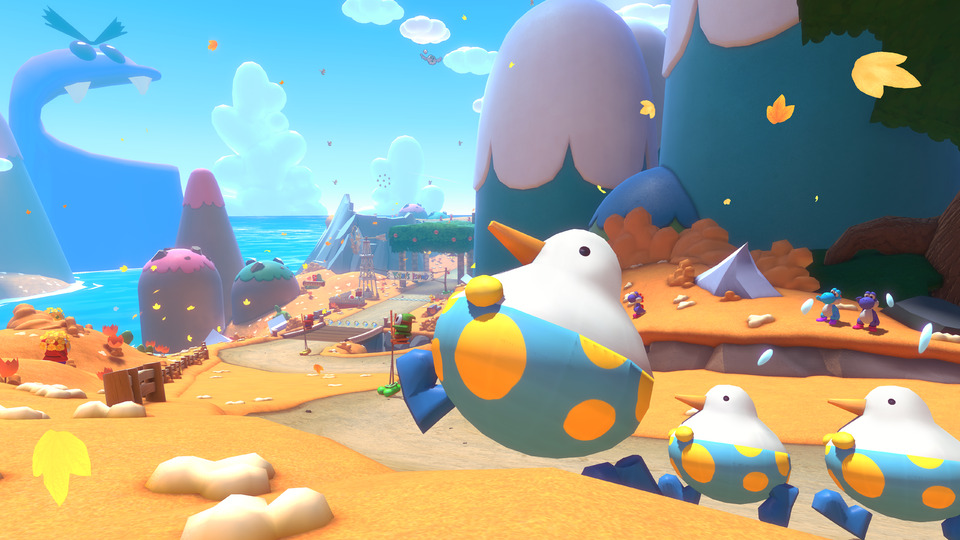Koei Tecmo is no stranger to the classic Chinese novel, Romance of the Three Kingdoms. The entire Dynasty Warriors series is, of course, based on that classic text. In many ways, it’s what makes Wo Long: Fallen Dynasty such a captivating game, because it’s such a different creative take on something that the company is so familiar and confident with. Koei’s previous effort at the Soulslike, Nioh and its sequel, which were set during Sengoku-era Japan, felt like a natural evolution on how to present those stories. Wo Long is much the same.
As Romance of the Three Kingdoms itself does, events in Wo Long kick off with the Yellow Turban rebellion. As a quick history lesson for those that haven’t read Romance of the Three Kingdoms (or played a Koei Tecmo RoTK game…), the Yellow Turban rebellion was a peasant uprising that was, ultimately, defeated, but not before completely destabilising the rule of Emperor Ling and essentially setting up the chess board up for the ascendancy of Cao Cao, Sun Ce and Sun Quan, and Liu Bei. Those were the four leaders that would go on to found the “three kingdoms” and be in a perpetual state of war with one another through the most chaotic era in Chinese history. For a Soulslike, you couldn’t ask for a better starting point than this rebellion, and that’s for several reasons:
Firstly, the Yellow Turban rebellion was anything but righteous. While it was true that it started for good reasons (a revolution among the peasantry wanting to overthrow a corrupt and ineffectual government), in almost no time flat the rebellion, thanks to its spectacularly poor quality leadership, degenerated into mobs of louts doing a lot of looting, raping, and banditry. It was also a particularly bloody rebellion, with records suggesting that seven million people died directly. Factor in the subsequent famines and troubles and the headcount rises to 36 million. So it was a particularly horrible period for the Chinese, and that sets an appropriate bleak and violent backdrop for a Soulslike experience (something everything from Nioh to Steelrising did so beautifully previously).
Secondly, you could not ask for a better first major villain than the leader of the Yellow Turbans, Zhang Jue. This guy was a mystic and Taoist cultist, and that gave the developers of Wo Long carte blanche creative freedom to introduce magic systems and a sinister occultist mystery to the setting right from the outset, while still remaining true to the original text and events within it. In the past, I’ve written about how the Warriors games actually do a great job of capturing the authentic spirit of the history they are depicting. And in the case of Romance of the Three Kingdoms, the idea of mighty warlords sweeping the floor with entire units of enemies – the 1 v 1,000 concept written into the Warriors series – is actually written right there into the book. Similarly, the Yellow Turban rebellion, and the subsequent political intrigue and dark magic set against a land engulfed in misery, is an exemplary way to start a Soulslike. It’s a magical dark fantasy, but it’s also authentic to the core story.
To be clear, Wo Long is, of course, not a work of historical accuracy. It’s not even accurate to the Romance of the Three Kingdoms (itself a book that leans heavily into the “fiction” side of “historical fiction”). However, that authenticity and the additional “lore” that you can derive from the real-world setting and major characters do add depth to the experience, much as it was with Nioh and Steelrising. Seeing it all through the lens of a Soulslike is both hugely entertaining and an excellent way to get history fans invested early on, too. For example, you know that Lu Bu is going to show up at some point. You also know, having either played the Dynasty Warriors games, or read Romance of the Three Kingdoms, that a Soulslike Lu Bu is going to be a fight to both remember and be terrified of. Indeed, knowing that at some point I would clash swords with Lu Bu was an excellent motivation for me in the early stages of the game in itself. And, yes, as it turned out, that battle was indeed worth the build-up. It is possibly my favourite Soulslike battle yet.
You’ll also come across mythological monsters, and Wo Long doesn’t disappoint there, either. China, much like Japan, has a wonderful history of spirits and demons, beasts and monsters, and, much as they did with Nioh, the developers and artists have taken full advantage of that to give us some fights of unbound intensity and creativity. We’re talking about everything from demon boars right through to the iconic Chinese dragon, albeit twisted in a way that I’ve never quite seen before. I’m not anywhere near as familiar with Chinese mythology and monsters as I am Japanese, but having now encountered more than a few of these beasts through my playthrough, and knowing that Koei always builds some kind of that aforementioned real-context authenticity into even their most fantastic abstractions, I’m now intrigued and keen to learn more. Nioh introduced me to the historical figure of William Adams, and Wo Long has already convinced me to find collections of Chinese mythological stories to learn more about what I’ve seen in the game. I’m telling you, no publisher inspires a desire to learn more quite like Koei.
As the above nearly 1,000 words hopefully make clear, my investment in Wo Long came from a place of love for Three Kingdoms history and Chinese storytelling. I was always going to be inclined to enjoy the game as long as it was playable enough. Thankfully, it also reaches far beyond being “playable enough.” Putting aside its strength in storytelling and the historical fantasy context, this is still one of the better Soulslikes out there, though there is one caveat that players should be aware of.
The first thing you’re going to notice is the blistering speed of the action. Where Nioh was mechanically complex, Wo Long’s developers have opted to streamline things so that it can increase the pace severalfold. You’ll learn almost immediately that in most cases blocking is almost pointless, and rolling out of the way is a last resort. Typically, you’re going to take the parry and counter approach. Every enemy, right down to the weakest commoner, likes throwing unblockable attacks at you, and the recovery time isn’t that long, so if you do roll out of the way you’re not likely to be able to deal much damage in return. Instead, with a twitch-perfect response time on the counter, you will put yourself in the position to hit the enemy back hard in return, and may well be able to defeat them with a devastating finishing blow.
You can mix things up a bit, with there being over a dozen types of weapon, and plenty of armour combinations to choose between, but the core of the experience seems very inspired by FromSoftware’s own Sekiro. It’s all about fast-paced parry and riposte. There are some other tools available to you. This includes a complex magic system that gives you access to five separate spell trees representing each of the five elements of Taoism, but there’s no real way to work around the need to be nimble and have exceptional timing on the battlefield.
There are a couple of really neat and unique concepts that have been incorporated into Wo Long. Of these, the “Morale Rank” system is my favourite. As you defeat enemies your Morale Rank will increase, making you more powerful in combat. Enemies each have their own Morale Ranks too, and the higher the number, the more dangerous the foe. If the enemy defeats you, your level of morale will drop, and theirs will have increased the next time you come across them. In this way, the difficulty of Wo Long remains fluid and dynamic, and it encourages you to take some risks along the way and challenge more powerful enemies in the hope of raising the battle rank further. Meanwhile, Souls-like “Bonfires” that you come across (though this time around they are places to hoist Battle Flags rather than cook up a BBQ) not only allow you to rest and level up, but also lock some of that Morale Rank in. For a game that is so focused on speed, this system allows you to move through the world with maximum efficiency.
One of the most significant development challenges with Soulslikes is working out how to push players – especially less experienced or more naturally timid players – to take the kinds of risks that the genre demands. You’ve got to convince them to risk defeat in order to earn the greatest rewards and fully appreciate their successes on the journey. For the lower-quality examples of the genre, it becomes far too easy to get stuck in a rut simply grinding away experience from a single, relatively safe spot. As a developer, you don’t want to be punitive about discouraging that, but you do want to encourage players to move on before they get bored of the area they feel “stuck” in. Wo Long’s levels are fairly linear, but they do have a lot of secret and optional stuff that is particularly challenging and rewarding in kind. It is the Morale Rank system where Koei Tecmo finds its carrot, and it’s almost shockingly effective in convincing players to continue moving forward, explore those nooks and crannies, and take on challenging fights. Indeed, once you get into the rhythm of the game, levels just fly by and it doesn’t feel like you’ve wasted even a second, or ever wanted to dig in and spend some time grinding an area.
The sole exception to this well-balanced and taut calibration is the occasional boss battle, which can rarely be designed in such a way that they’re more difficult than the developers probably intended. I know that such battles are learning opportunities, because you’ll often be frustrated trying to defeat a boss a dozen or more times, only to cruise through the next few with minimal stress. Unfortunately, the game’s very first boss is one of the ones that will frustrate. Unless you’re really good at Soulslikes, that one’s going to trap you for a while, with limited capacity to do something else until you’ve defeated it. I can easily imagine a bunch of people taking the game back after one too many attempts at trying to defeat the tutorial boss. All I can say to people feeling frustrated by that battle is “don’t give up,” because as harsh as that trial by fire will be, it will prepare you for the combat rhythms of the rest of the game, and after that, the experience will be measurably more comfortable for you for some time thereafter. You’ll almost have forgotten about that boss by the time you hit the next stall point.
Wo Long: Fallen Dynasty is a really majestic epic, and a stunning new interpretation of a book that has already been interpreted so many times in video games. It’s a compelling telling of the story, backed up with one of the fastest and most entertaining takes on Soulslike combat that we’ve seen to date. Just make sure you’ve got your energy drinks to hand. You’re going to need some serious focus thanks to the sheer speed and precision that this game demands.
